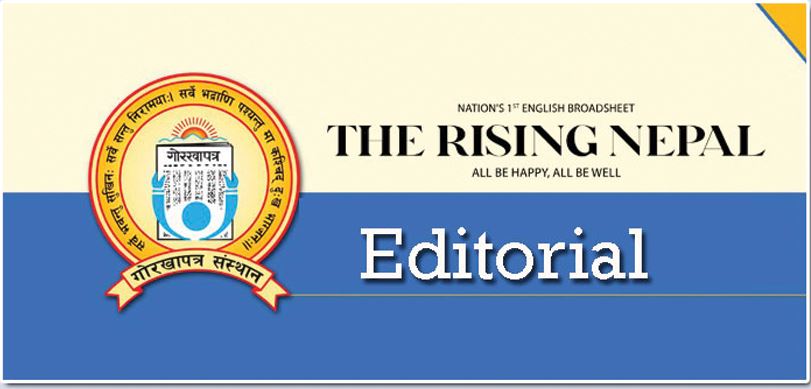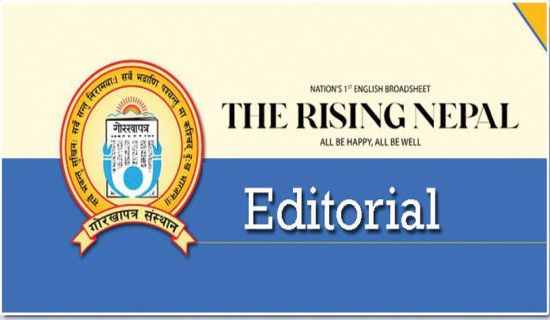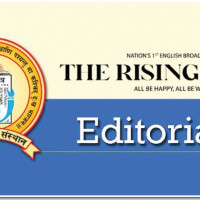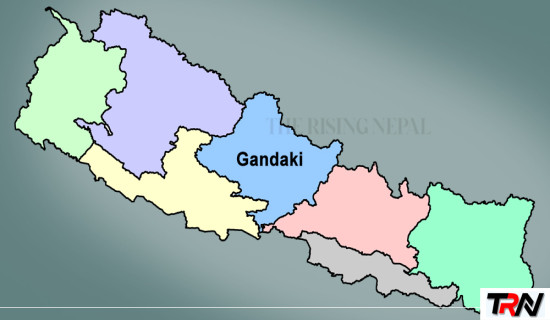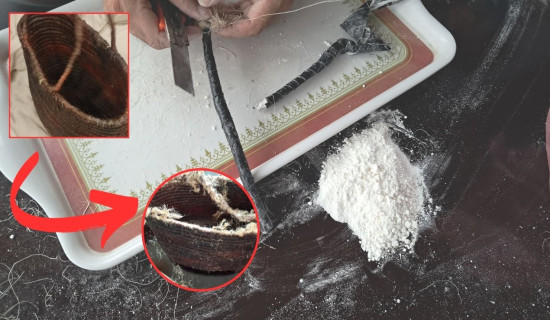- Saturday, 2 August 2025
On Path Of Recovery
Nepal’s economy has shown signs of improvement with the increase in the remittance inflow, foreign currency reserves, balance of payment and current account. This is based on the current macroeconomic and financial report of the first two months of the current fiscal year of Nepal Rastra Bank (NRB). This is indeed positive news for the country that is struggling to revive economy hard hit by pandemic-induced factors. Nepalis are now bracing for their biggest festival Dashain, which gives an impetus to market. People do not hesitate to splurge on clothes, food, meat and gadgets on the occasion of Dashain. However, rising inflation has made a hole in their savings. Businessmen have rued that many clients visit their shops but only a few buy goods. This implies that the consumers have no enough money to spend on their desired items.
Nepal’s import-based economy is prone to external and internal shocks. The COVID-19 pandemic that hit the economy on a global scale also brought our finance to its knees. The post-pandemic recovery is yet to gather momentum. Nonetheless, macroeconomic indicators provide a reason to be optimistic. Some days back the World Bank projected that Nepali economy would rebound to 3.9 per cent in the current Fiscal Year 2023/24. This, however, downgrades the government’s growth target of 6 per cent. The global lending agency stated that the lifting of import restrictions, strong rebound in tourism, and the gradual relaxing of monetary policy would help the economy resurge with a welcome exit from the lingering situation of recession. The weak domestic production, declining demand, high inflation, weaker Nepali currency, low export, insufficient flow of foreign direct investment and a lack of export items still pose challenge to full economic recovery. Revenue collection is poor owing to the decline in import and domestic production as a large portion of revenues come from imports.
Despite all these structural constraints, the NRB report shows that the economy is on recovery path. The gross foreign exchange reserves have increased by 3.9 per cent to Rs. 1,598.9 billion in mid-September from Rs. 1,539.36 billion in mid-July. Likewise, the current account, which has been in deficit most of the time, is in surplus for the second month in a row. It has remained at a surplus of Rs. 23.50 billion in the review period against a deficit of Rs. 36.84 billion in the same period of the previous year. The balance of payments (BoP) remained at a surplus of Rs. 53.61 billion. However, the consumer price inflation has remained at 8.19 per cent in the two months of the current fiscal year while it was 8.64 per cent a year ago. The y-o-y consumer price inflation was 7.52 per cent in mid-August 2023.
The increase in remittance has given a boost to the national economy. Its inflow has risen by 22.1 per cent to Rs. 228.37 billion in the review period compared to an increase of 19.8 per cent in the same period of the previous year. Remittance worth around Rs.112.35 billion flowed into the country in the month of Bhadra (from mid-August to mid-September) alone. But the number of Nepali workers taking approval for foreign employment decreased by 28.3 per cent to 74,455 in the review period. Although remittance has contributed over 23 per cent to Gross Domestic Product (GDP), dependency on it is not good for the health of economy. Fluctuation in the internal labour market forces workers to quit their jobs. Therefore, the country should emphasise the domestic production to attain economic independence.

